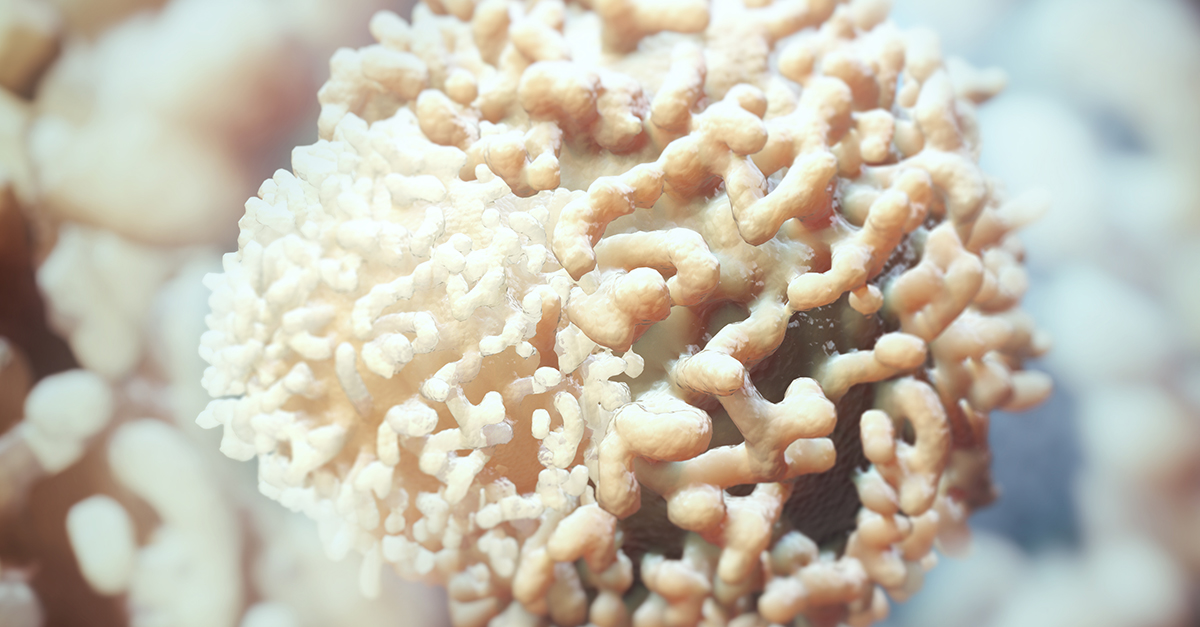
For years, doctors have been harnessing the power of light as a tool in the fight against cancer. In a process called photodynamic therapy (PDT), light-sensitive drugs are injected into the body and settle into cancer cells. When the cells are exposed to certain light waves, the drugs are activated to kill the cells and shrink the tumor. Now researchers at the National Cancer Institute (NCI) have announced a breakthrough that may take light-based therapy to the next level.
Laboratory studies led by Dr. Hisataka Kobayashi of the NCI’s Center for Cancer Research suggest that combining photo-sensitive drugs with drugs called monoclonal antibodies may better target and kill cancer cells. This procedure is called near infrared-photoimmunotherapy (NIR-PIT). In research on lab mice, a combination of drugs, called a conjugate, was engineered to attach itself only to specific genes found in cancer cells. When exposed to near-infrared light, the membranes of the treated cells weakened, allowing water into the cells. Like balloons attached to open faucets, the cells filled with water until they burst. As each saturated cell ruptured, the tumor shrank, leaving healthy cells untouched, the studies showed.
A clean-up crew of cancer fighters
When the cancers cells burst, according to the NCI's research, they released cellular flotsam and jetsam into the space around the tumor. This disruption mobilized a clean-up crew of antibodies that attacked the debris and leftover cancer cells. The antibodies then hunted down and attacked metastatic cancers in places that were previously undetectable or unreachable, Dr. Kobayashi told the NCI. NIR-PIT is still in the very early stages of research, but the concept is similar to the PDT process already being used to treat esophageal cancer and to help relieve patients of obstructive tumors in the lungs. With PDT, patients are injected with a photosensitive drug called porfimer sodium (Photofrin®). Three days later, the targeted tumor is hit with a laser, causing a chemical reaction in the cancer cells.
"When you expose the drug to the light, a series of events occurs that lead to direct tumor cell death," says Dr. Sharad Chandrika, a Pulmonologist and Intensivist who performs the procedure at our Phoenix hospital. "The porfimer sodium itself can destroy the blood vessels in the tumor. When the tumor doesn’t receive enough blood, basically, it starves to death." Two days after the procedure, doctors perform a minimally invasive bronchoscopy to remove the tumor cells and shine more therapeutic light on newly exposed cells.
PDT has its limitations. It can be difficult for the light to reach the site of the tumor, and since the laser doesn't penetrate more than one centimeter into the tumor, patients may need to undergo several PDT sessions to see results. Patient do not typically experience serious side effects, but they often become photosensitive and must avoid bright light for up to six weeks. "If they go out in the midday sun, they can get a second-degree skin burn," Dr. Chandrika says.
A palliative approach, for now
While researchers hope NIR-PIT will show more positive results on multiple cancers, PDT is used often in palliative care or as a bridge to other therapies, Dr. Chandrika says. Patients often undergo PDT to shrink tumors that block air passages in the lungs and create breathing difficulties or pneumonia, which may interrupt their chemotherapy treatments. PDT may also be used to treat hemoptysis, coughing up blood due to airway lesions, and conditions in which cancer is suspected but cannot be confirmed, such as radiographic occult lung cancer (ROLC) or a stump tumo"r.
"Photodynamic therapy is really palliative,” Dr. Chandrika says. “It doesn't really cure tumors. It just buys you some time."
Learn more about diagnostics and treatment for lung cancer

